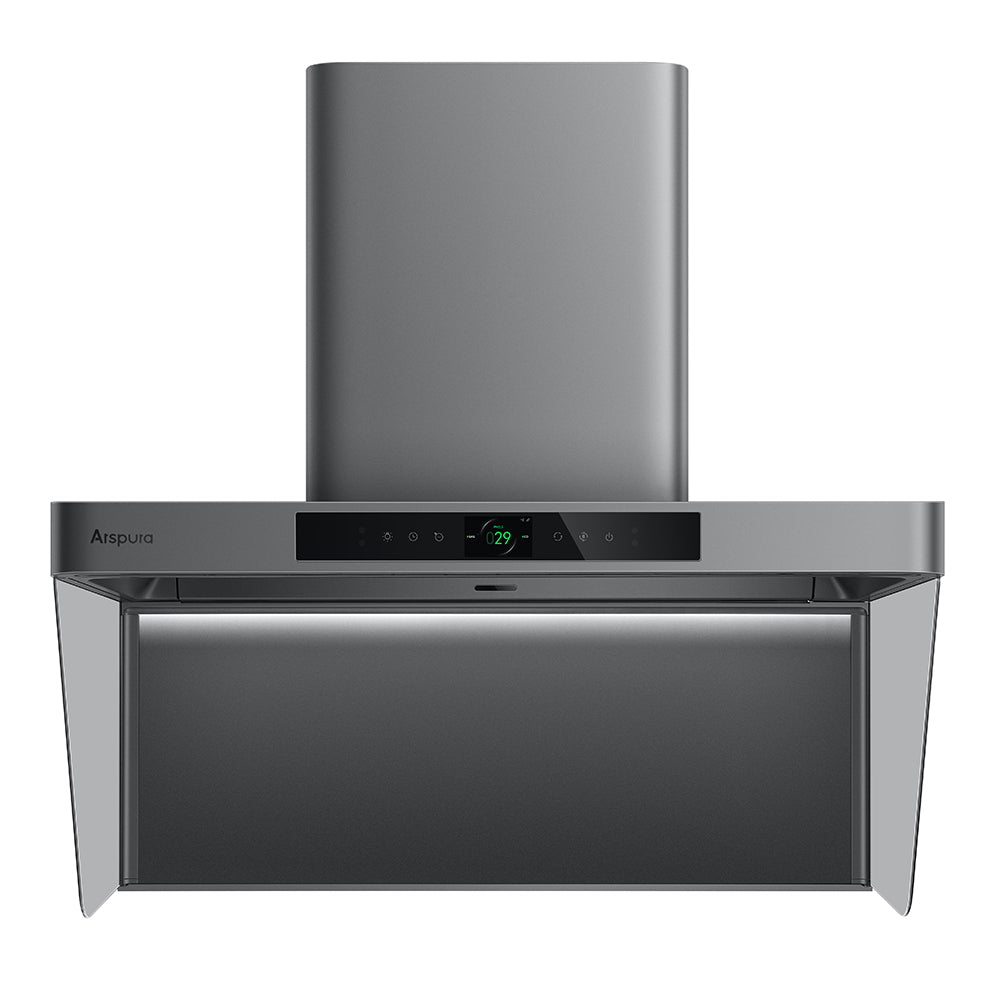Unlock the Secrets to Choosing the Perfect Stove Range Hood!
Having a stove range hood in your kitchen is not just a matter of style; it's a necessity for maintaining a healthy cooking environment. These essential appliances work diligently to remove smoke, steam, and odors from your kitchen, significantly improving air quality and creating a more enjoyable cooking experience. Whether you're frying up a storm or simmering a delicate sauce, a good range hood helps keep your space fresh and free from lingering smells. With a multitude of options available on the market, from sleek stainless steel designs to charming vintage styles, finding the right stove range hood can be overwhelming. This is where careful comparison and consideration come into play, ensuring you choose a model that fits both your aesthetic and functional needs.

Understanding Stove Range Hoods
A stove range hood, often referred to simply as a range hood or kitchen hood, is an appliance located above your cooking surface designed to ventilate your kitchen by removing airborne grease, smoke, and odors. There are several types of range hoods available, each serving a unique purpose based on kitchen design and cooking habits. Under-cabinet hoods are mounted beneath cabinets, providing a space-saving solution. Wall-mounted hoods, on the other hand, are installed directly on the wall above the stove and often become a striking focal point in the kitchen. Island hoods are designed for use over an island cooking area and can be quite dramatic in style. Downdraft hoods are integrated into the cooking surface and pop up when needed, offering an unobtrusive option for smaller spaces. Understanding these types will help you make an informed decision tailored to your kitchen’s layout and your cooking style.
Key Factors to Consider When Choosing a Stove Range Hood
When it comes to selecting the perfect stove range hood, several key factors should be considered. First and foremost is size; you'll want to ensure that the hood is wide enough to cover your cooking surface adequately. Style is another important aspect; with a plethora of designs available, choose one that complements your kitchen's aesthetic. Ventilation type is crucial—ducted hoods vent air outside, while ductless models recycle air through filters. Noise levels vary significantly between models, so it's wise to check the decibel ratings if you’re sensitive to sound. Lastly, energy efficiency can save you money in the long run, so look for hoods that offer efficient operation. To ensure the perfect fit, measure your kitchen space carefully and account for any obstructions like cabinets or beams.
Comparing Features and Performance
As you dive deeper into your search for a stove range hood, you’ll encounter a variety of features that can enhance its functionality. Consider options such as built-in lighting, which can illuminate your cooking space, and multiple fan speeds that allow you to adjust airflow based on your cooking needs. Filters are another critical component; some hoods come with washable filters that save you money over time. Performance can be evaluated using the CFM (cubic feet per minute) rating, which indicates how much air the hood can move. A higher CFM is generally better for heavy cooking, while lower ratings may suffice for light use. When comparing different models, pay close attention to these features to ensure you get the best value for your investment.
Budgeting for Your Stove Range Hood
Budgeting for a stove range hood involves more than just the initial purchase price. Factors that influence cost include the materials used, the features offered, and the complexity of installation. Stainless steel hoods tend to be pricier than those made from other materials, and models with advanced features like integrated lighting or smart technology can also drive up costs. Installation can add to your budget as well, whether you opt for professional help or choose to tackle the job yourself. It's important to find a balance between quality and affordability; investing in a well-made range hood can enhance your kitchen's functionality and aesthetic for years to come. Take the time to shop around and compare options, ensuring you find a model that meets your needs without breaking the bank.
Installation and Maintenance Tips
Installing a stove range hood can be straightforward, but it's essential to follow the manufacturer's guidelines closely. If you're considering a DIY installation, ensure you have the right tools and understand the requirements of your specific model. Some homeowners may prefer professional installation, particularly for ducted hoods that require precise measurements and connections. Once installed, maintaining your range hood is crucial for its longevity and efficiency. Regularly clean the filters and exterior surfaces to prevent grease buildup and ensure optimal performance. A clean hood not only functions better but also contributes to a healthier cooking environment.
Final Thoughts on Choosing Your Range Hood
In summary, selecting the right stove range hood is vital for enhancing your cooking experience and maintaining a healthy kitchen environment. By understanding the various types, considering essential factors, comparing features, and budgeting wisely, you can make an informed decision that suits your needs and style. Take the time to research and explore different options, ensuring you choose a range hood that not only performs well but also complements your kitchen's aesthetic. With the right stove range hood, you'll enjoy a cleaner, fresher cooking space for years to come.








